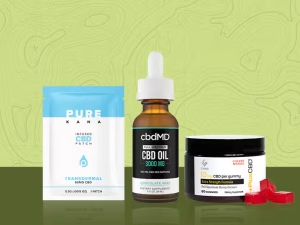Mold is a common but serious problem that many homeowners face. It thrives in damp, humid environments and can quickly spread if not addressed properly. Beyond damaging your property, mold poses significant health risks, making effective mold removal essential for maintaining a safe and healthy living space. In this article, we will explore what mold is, why it’s important to remove it promptly, and the best practices for successful mold remediation.
Understanding Mold and Its Impact
Mold is a type of fungus that reproduces through spores, which are present almost everywhere in the environment. These spores only need moisture and organic material to grow. Common places where mold develops in homes include bathrooms, basements, kitchens, and areas affected by leaks or flooding. Mold can grow on wood, drywall, carpet, and even fabrics.
The presence of mold is not just an aesthetic issue. Mold https://mold-removal-santa-rosa-ca.com/ exposure can lead to a variety of health problems, especially for individuals with allergies, asthma, or weakened immune systems. Symptoms may include sneezing, coughing, skin irritation, respiratory issues, and in severe cases, infections. Furthermore, mold can compromise the structural integrity of your home by breaking down building materials over time.
The Importance of Professional Mold Removal
While minor mold can sometimes be cleaned by homeowners using household solutions, extensive mold infestations require professional mold removal services. Professionals are trained to identify the full scope of the problem, including hidden mold that may be lurking behind walls or under flooring.
Professional mold remediation usually starts with a thorough inspection to assess the moisture source and the extent of mold growth. Technicians use specialized equipment like moisture meters and infrared cameras to detect hidden moisture pockets and mold colonies. Once the affected areas are identified, containment procedures are put in place to prevent the spread of mold spores during cleanup.
The actual removal process involves cleaning non-porous surfaces with antifungal and antimicrobial agents, while porous materials that are heavily contaminated—such as drywall or insulation—may be removed and replaced. After cleaning, the area is dried completely and treated to prevent future mold growth. Professionals also address the underlying moisture problem to ensure that mold does not return.
Preventing Mold Growth in Your Home
Prevention is the most effective way to avoid dealing with mold. Controlling moisture is key. Homeowners should regularly inspect their properties for leaks in plumbing, roofs, and windows and fix any issues promptly. Using dehumidifiers in damp areas like basements and ensuring proper ventilation in bathrooms and kitchens can help keep humidity levels low.
Maintaining good airflow by opening windows and using exhaust fans reduces moisture buildup. Additionally, ensuring proper drainage around the home’s foundation prevents water from seeping into basements or crawl spaces. After any flooding or water damage, it is crucial to dry affected areas within 24 to 48 hours to prevent mold growth.
Conclusion
Mold removal is a vital part of maintaining a healthy, safe home environment. Because mold can cause both health problems and property damage, addressing it quickly and thoroughly is essential. While small mold issues can sometimes be handled with basic cleaning, professional mold remediation is often necessary for larger infestations to ensure complete removal and prevention. By controlling moisture and promptly addressing leaks or water damage, homeowners can reduce the risk of mold and protect their homes and families from its harmful effects.











